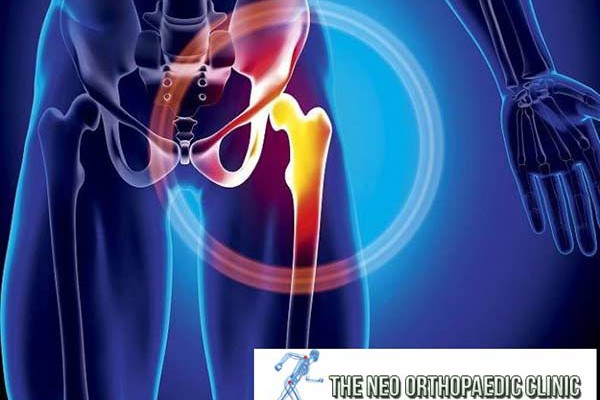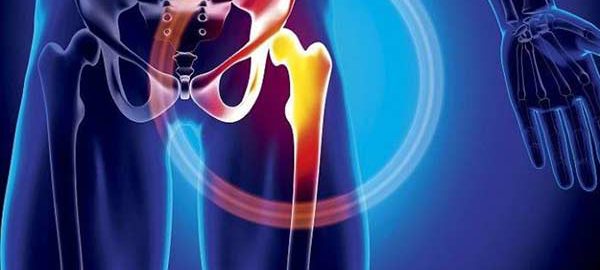Coxarthrosis is osteoarthritis of the hip joint.
It is called primitive when there is no malformation responsible for osteoarthritis, and secondary in the opposite case.
The diagnosis is made based on pain and examination of the hip and is confirmed with x-rays. Treatment involves non-drug measures, medications, and eventually a resort to hip replacement surgery in Delhi.
The two coxarthrosis
The primitive coxarthrosis It occurs in a normal hip, in an individual over 60 years of age and represents 40% of the cases of coxarthrosis.
The secondary coxarthrosis it occurs in a “dysplastic” hip (with an anatomical malformation), in a younger individual, and accounts for 60% of cases of coxarthrosis.
Morphological abnormalities are, therefore, the main risk factor for coxarthrosis.
However, we must not forget the excess weight (overweight and obesity) and the trauma and microtrauma of contact sports.
Diagnosis is indicated by symptoms and examination
The symptoms are the same as those of coxarthrosis, both primitive and secondary.
Pain is the main symptom. It is a mechanical pain that is accompanied by a limp. This is usually located in the groin, but it can also be located in the buttock or reveal itself through knee pain.
Joint stiffness associated with pain is responsible for a disability that also manifests itself as discomfort when walking and lameness. The examination performed by the orthopaedic in Delhi reveals a limitation of hip movements.
Radiology confirms the diagnosis
Radiography of both hips is essential for diagnosis.
This has two objectives: search (or confirmation if it is already known) of a hip dysplasia and search for radiological signs of coxarthrosis:
- decrease in the height of the space between the articular surfaces (impingement of the interline);
- condensation of the part of the bone immediately under the cartilage;
- bony outgrowths at the bone-cartilage junction (osteophytes).
Non-drug treatments take center stage
The reduction of any possible excess weight is a priority. The same happens with the implementation of an “aerobic” exercise program (30-minute brisk walk 3 times a week, cycling, swimming) and functional rehabilitation exercises in order to maintain hip mobility and strengthen the muscles that stabilize it.
The orthotics are reduced to shock-absorbing soles (running shoes with thick soles) and the technical assistance of a cane that will be carried on the opposite side to the diseased hip. The joint economy recommendations are not superfluous: avoid lifting weights, walking on rough terrain and standing for a long time.
Medications are administered in 2 ways
For the treatment of coxarthrosis, drugs are prescribed in the form of tablets or, less often, in the form of an intra-articular injection. Analgesics (paracetamol) are prescribed first.
Non-steroidal anti-inflammatory drugs have a superior analgesic effect, but they are not without undesirable effects. If there are no contraindications, they are prescribed in short cures, with effective doses, preferably during painful outbreaks.
Symptomatic slow-acting antiarthrosis drugs represent the background treatment. Its excellent tolerance authorizes its long-term prescription. Its action is delayed, but often prolonged after stopping treatment.
Intra-articular corticosteroid injections are indicated in the event of an inflammatory flare. Technique and vigilance must be rigorous.
Surgery is contemplated when disability becomes significant
The total hip replacement is the preferred prosthesis in case of coxarthrosis.
This gives good results against pain and for the autonomy of the arthritic patient.


